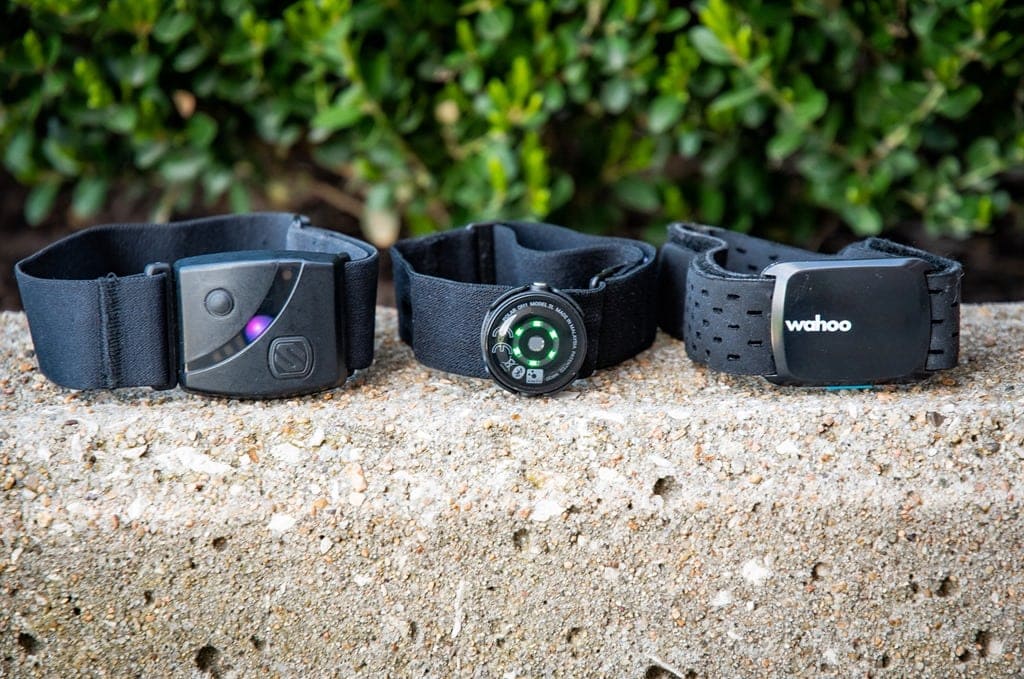@Paul H - You got me thinking about heart rate tracking, so I dug into my Watch & iPhone conduit a little more. Since HR data is right there, why not use it, right?
The Watch feeds data to the iPhone Activity App, which also has a Workout function, and, Workout appears as a separate App on the watch. I trigger the Workout from the watch screen and it lets me choose from a variety of activities, the most relevant to me is Outdoor Cycling, but it has a dozen other indoor & outdoor workout modes. You can set the workout to Open (you just ride until you tap stop), or a defined distance, time etc. The cycling workout collects the following data.
- Total Time
- Distance
- Active Calories / Total Calories
- Elevation Gain and Min/Max
- Average Heart Rate
- Hear Rate Graph
- Heart Rate Recovery Graph
- Average Speed (with Splits for each mile)
- Weather stats
- Map Data
After some trial and error, and a few ride duplications, I now have it set-up so my workout data gets imported to Strava and/or Ride with GPS. Everything comes through - even map data and segments. All the data goes to my Health App as well, which can be shared with other apps like MyFitnessPal.
Now, starting each ride is as simple as tapping my watch! No need to access the phone in my frame bag, and zero investment in whacky head units.
@Santapez - There is something to be said for accuracy, but for me, taking an occasional glance at my HR while riding/recovering, there is no need for atomic accuracy. I googled Apple Watch HR accuracy and found all kinds of studies. However, a
2019 Runners World article (comparing them to an electrocardiogram (ECG) + Polar H7 chest strap heart monitor) claimed: “The Apple monitor was the most accurate of the wrist devices at all paces. For example, at 9 mph, the Apple monitor was off by 1.5 beats per minute, compared to almost 3 beats per minute for the Garmin…“
I know a true power meter is missing, but the core data and HR is good enough for me - trying to maintain and improve my fitness - but not truly Training.








